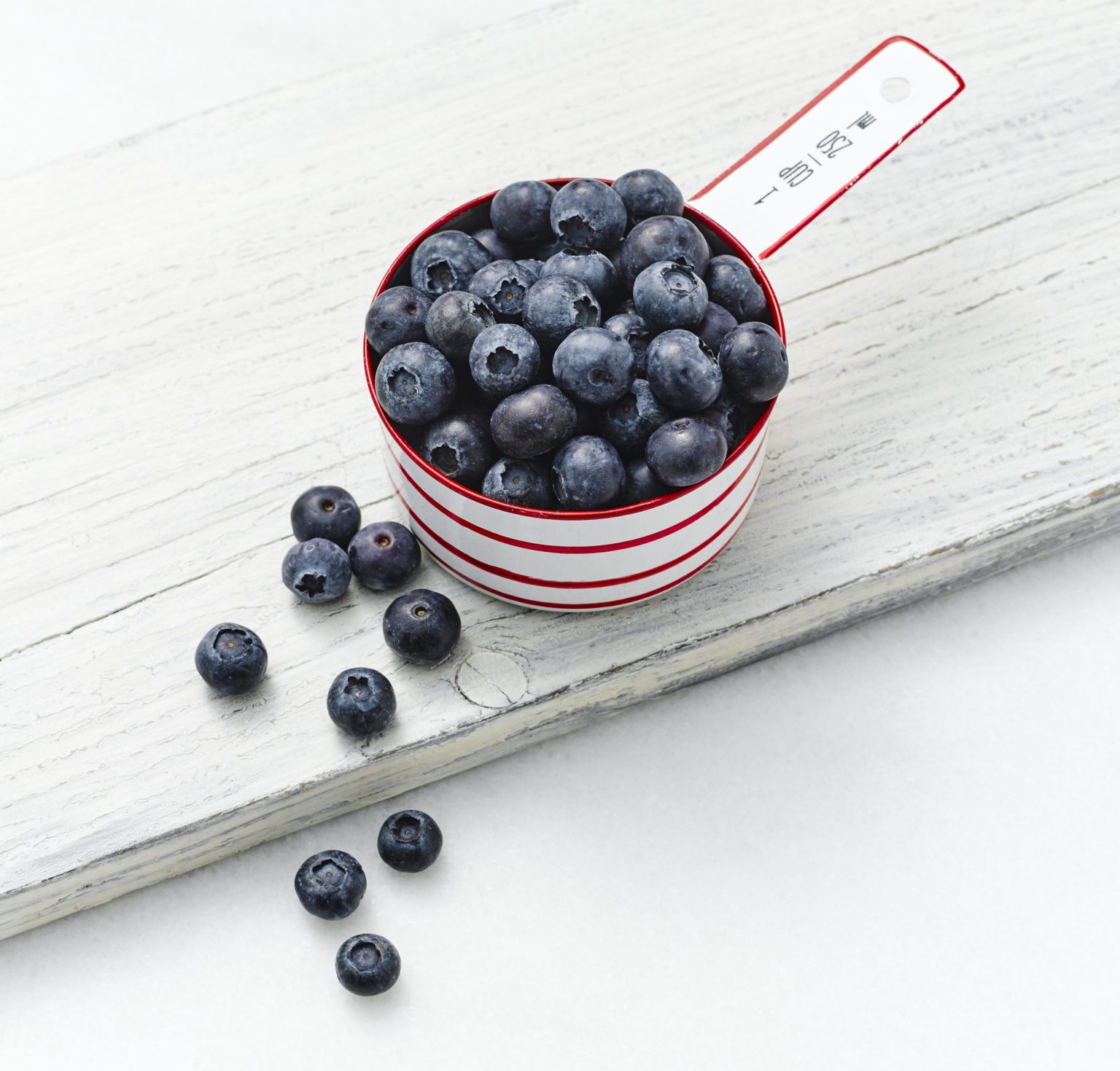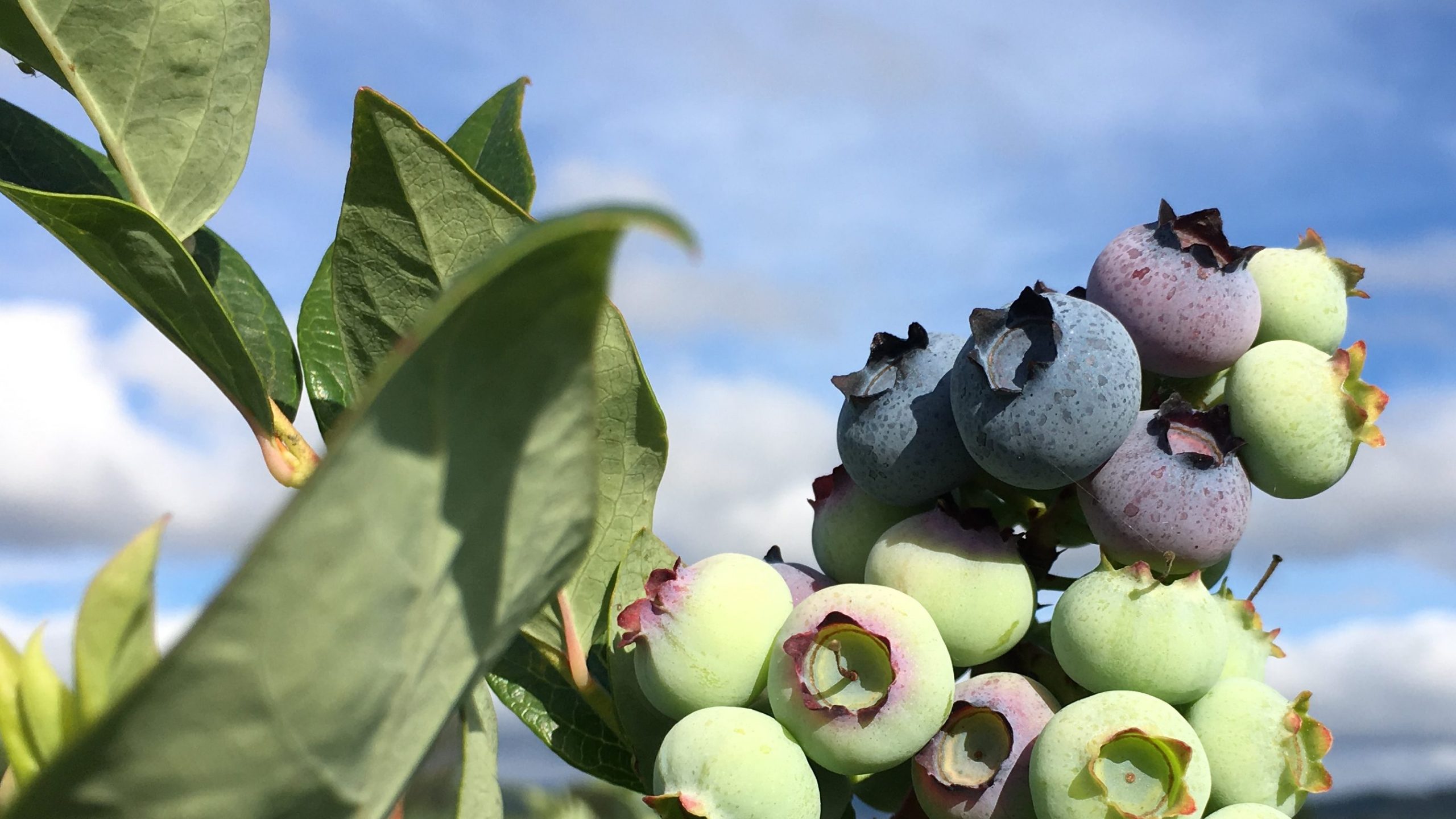
When Planting Blueberries, Consult the Experts

As you plan your garden, it always helps to get guidance from the people who know your geographic area inside and out, such as local garden centers.
Your nearest Cooperative Extension also will have credible experts and educators who can share a range of agricultural information and tools to support your gardening endeavors – think blueberries and beyond.
Don’t hesitate to ask for advice on any of the steps that follow, especially identifying the best blueberry varieties and preparing the soil.
Identify the Best Blueberry Plants
When you grab a boost of blue in North America, you’re most often eating highbush blueberries. However, the highbush blueberry classification covers a range of different blueberry varieties, each of which is unique in its season, size, shape, color and taste. Depending on the climate and ripening season in your area, certain varieties will grow better than others. Some tend to grow best in southern climates (like the West Coast, the Southeast, and the Southern Hemisphere), and some fare better in northern environments (Northern U.S. and Canada).
Select Your Blueberry Spot
Once you’ve found the right blueberry plant, you’ll also want to find a place it can thrive. Select a sunny location with well-worked, well-drained soil that is free of weeds. Avoid planting near trees, which block out sunlight and suck up the moisture in the soil. It’s best to grow blueberries in an area where water is readily available so you can keep their roots moist throughout the growing season. Raised beds or patio containers are good options for areas where the soil is not ideal.

Prep Your Soil
Soil preparation is crucial to the health of blueberry plants. Blueberries prefer acidic soil, and if the soil in your area is not acidic enough, you may need to make adjustments, with guidance from your local garden center or Cooperative Extension. Planning ahead is crucial – if changes in your soil’s pH levels are necessary, it’s best to make them a year before you plant your blueberries.
Space and Plant Your Blueberries
It’s time to get your plants in the ground! In most areas, it’s ideal to plant blueberries in the fall or spring. You can plant blueberry bushes as close as 2 or 2.5 feet apart to form solid hedgerows, or space them up to 6 feet apart so they grow individually. If you plant in rows, allow 8 to 10 feet between the rows.

Fertilize Your Blueberry Plants
Blueberries are part of a plant family that includes the flowering azalea, mountain laurel and heather-plants. You can ask your local garden center for fertilizer recommendations, but once established, blueberry plants typically respond well to acid fertilizers such as azalea or rhododendron formulations. Follow the instructions on the label carefully – blueberries are sensitive to overfertilization! You’ll want to apply fertilizer one month after planting, not at the time of planting. For best results, fertilize your plants once in early spring and again in late spring, always watering thoroughly afterward.
Mulch Your Blueberry Plants
Blueberries do best with 2-4 inches of mulch over the roots to conserve moisture, prevent weeds and add organic matter. Bark mulch, acid compost, sawdust and grass clippings all work well.
Build Your Blueberry Knowledge
Curious about the boost of blue you’re bringing into your life? Learn all about simple, delicious, healthy blueberries.


